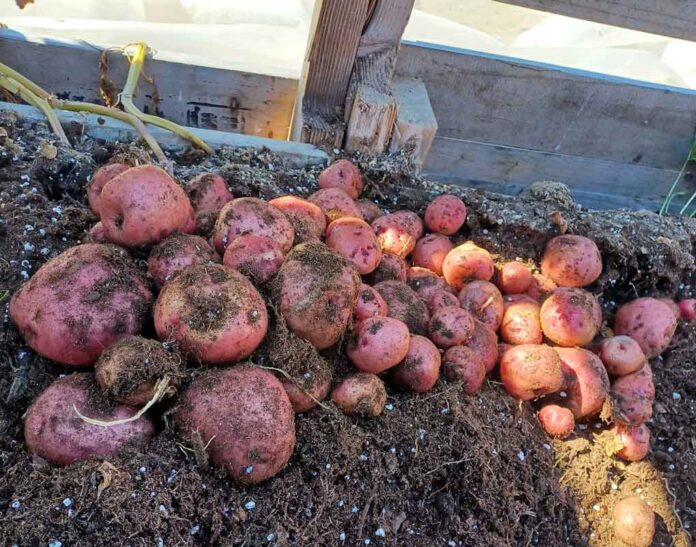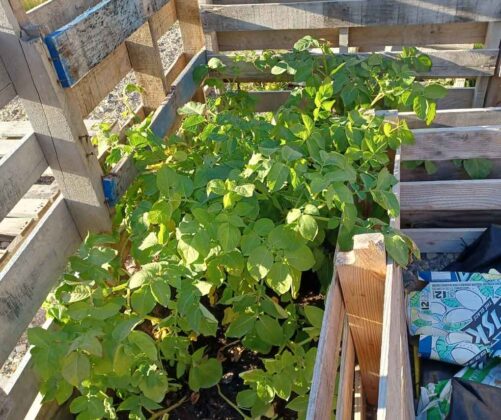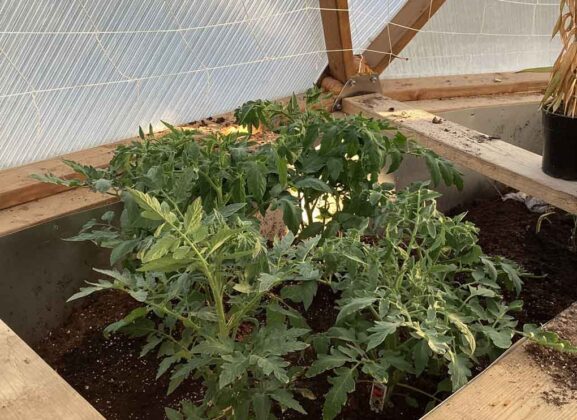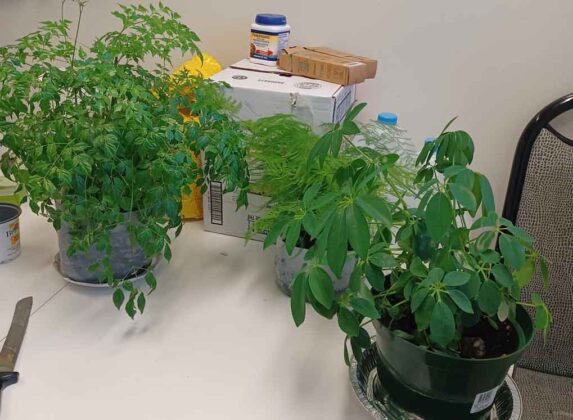Think Spring For Gardeners it is Nearer than You Think
THUNDER BAY – LIVING – While February often conjures images of snow and cold in Northwestern Ontario, dedicated gardeners know it’s a crucial time to start preparing for the upcoming growing season. Here’s your guide to make the most of February and ensure your garden blooms beautifully later in the year.
Key Tasks for February
-
Plan Your Garden: If you haven’t already, map out your garden space. Think about what you enjoyed growing last year, any vegetables or flowers you want to incorporate this year, and consider crop rotation practices.
-
Order Seeds and Supplies: Browse seed catalogs and websites to order your seeds. Some favourites for colder climates might include kale, broccoli, radishes, peas, and many herbs. Be sure to get any potting mix, seed trays, grow lights, and containers you might need. Buying early can mean saving money.
-
Check Equipment: Assess your tools, making sure shovels, hoes, rakes, and other equipment are in good working order. Repair or replace anything that needs attention.
Seed Starting: It’s Time to Plant Indoors!
One of the most exciting February activities is seed starting. Many plants need a head start indoors to be ready by the time our shorter growing season allows for outdoor planting. Here’s what you can typically start indoors in February:
- Warm-season vegetables: Tomatoes, peppers, eggplants (these need a long indoor growing time)
- Select cool-season vegetables: Broccoli, cauliflower, and cabbage can benefit from being started indoors
Understanding Frost-Free Dates
Frost-free dates are crucial for gardeners in Northwestern Ontario, as planting too early can be disastrous. Here’s an approximate range for your reference. Please note these are average dates and the weather can fluctuate:
- Thunder Bay: May 31st to October 1st
- Kenora: Late May to Late September
- Dryden: Late May to Late September
- Sioux Lookout: Late May to Late September
Important Notes
-
Follow Seed Packet Instructions: Different seeds have unique germination times and growing needs. Read the packets carefully for optimal results.
-
Utilize Cold Frames and Season Extenders: For the adventurous gardener, constructing simple cold frames can help you start hardening off seedlings earlier, protecting your young plants from early spring frosts.
Your Garden in Ontario’s Far North
The challenges of gardening in Ontario’s Far North, with its short growing season and harsh climate, might seem daunting.
Yet, communities like Fort Severn, Sandy Lake, Bearskin Lake, and Sachigo Lake show their resilience by finding creative ways to grow their own fresh produce.
Limited space, lack of resources, and extreme weather don’t have to stop a determined gardener.
Gardening Success In Wasaho Cree Nation – Ontario’s Furthest North Community
One innovative method that works well in remote communities is growing potatoes in old tires. Tires can be stacked vertically, filled with soil, and potato plants placed inside. This technique conserves space and the black tires absorb heat, slightly extending the growing season.
Additionally, potatoes store well, providing a crucial food source through long winters.
Another option is using wooden pallets to not only use as plant boxes but also as a fence that protects your garden.
If you put these tires or the pallets up along the south wall of your home, they can also serve as extra insulation year round. They will act to insulate in winter from the cold and in summer from the sun.
Constructing simple greenhouses and cold frames using locally available materials can significantly extend the growing season.
Frost Free Days in the Far North
Clear plastic sheeting over a wood frame can make a tremendous difference in warming the soil and protecting tender plants. While it’s difficult to pinpoint exact frost-free days for every Far North community, safe planting typically starts very late – often not until mid-June, with frost returning as early as August. Choosing resilient, fast-maturing vegetable varieties is essential for reliable harvests.
Community spirit plays a vital role in far northern gardening. Sharing knowledge, resources, and labor goes a long way. Successful examples show the importance of choosing crops known for cold tolerance: peas, beans, kale, radishes, onions, beets, Swiss chard, and herbs that do well. It’s about getting creative with the limited resources and finding joy in growing local food in the face of challenging conditions.
Gardening in Northwestern Ontario offers both challenges and immense rewards. By starting now and planning carefully, you’ll pave the way for a bountiful harvest in the months to come.










